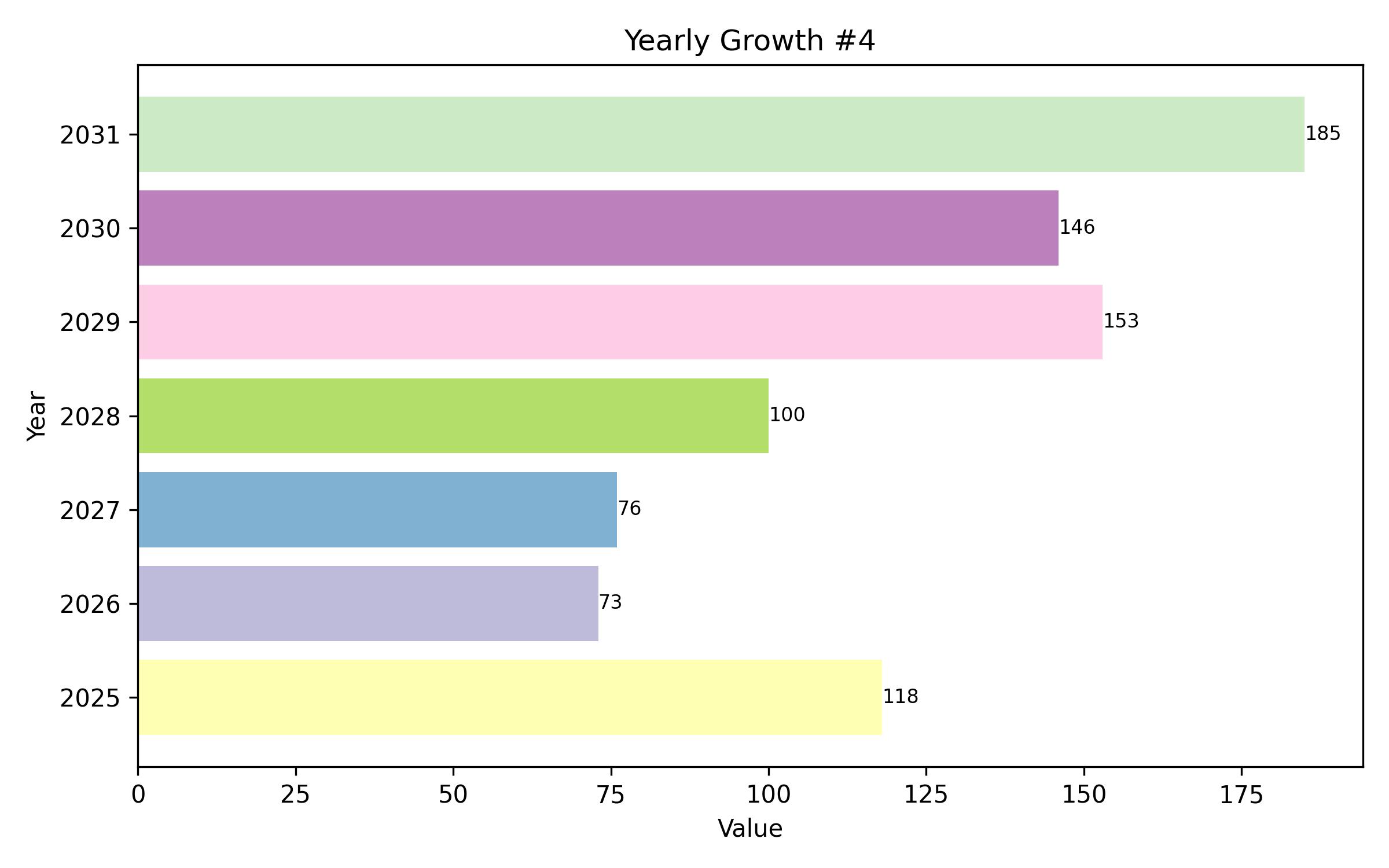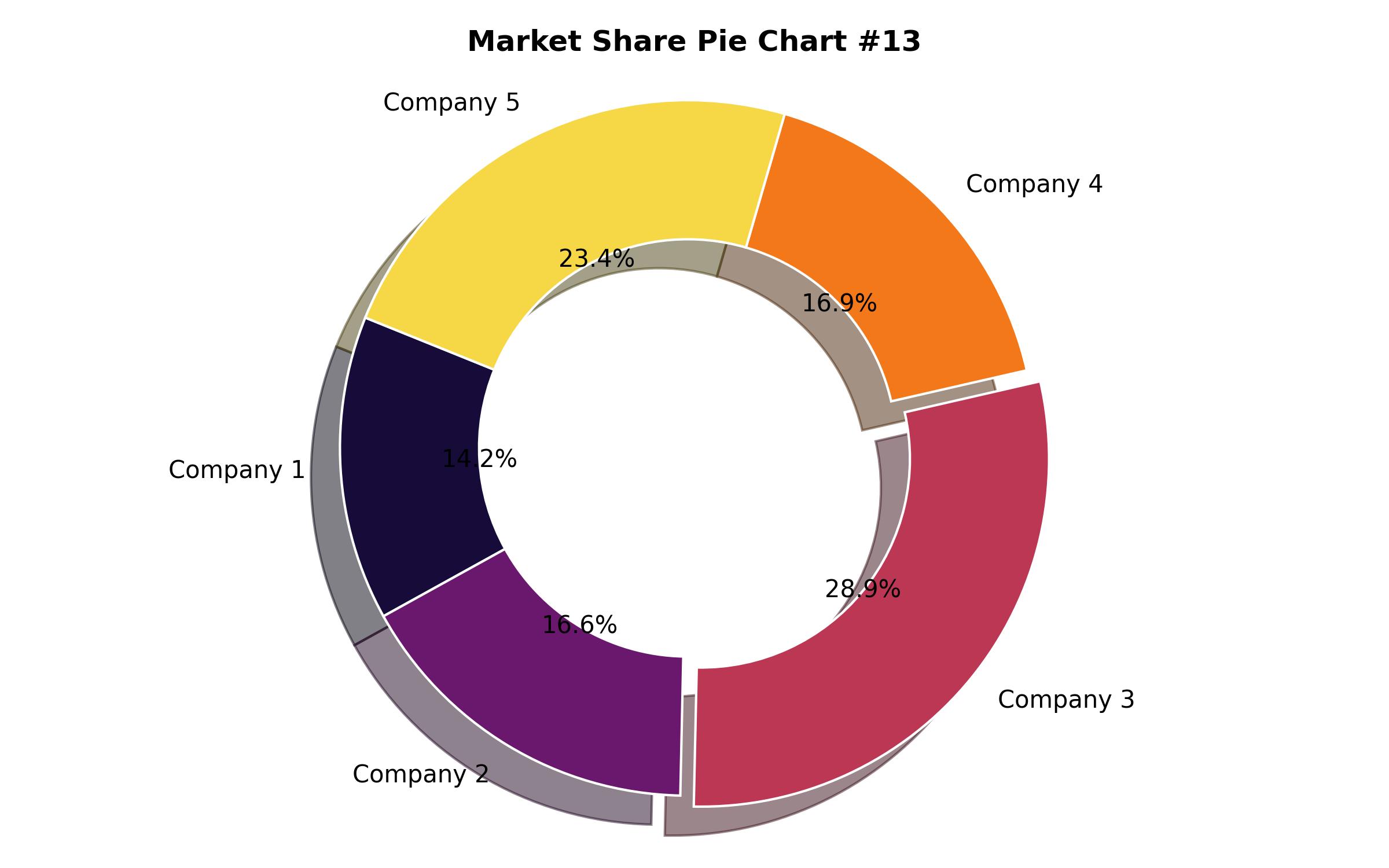South Korea Tennis Equipment Market: Industry Dimensions, Competitive Share, and Growth Trajectory Projections from 2025 through 2035
Overview:
The South Korean market for tennis equipment is projected to attain a value of USD 135.2 million in 2025. Over the period from 2025 to 2035, the market is forecast to advance at a compound annual growth rate of 2.9%, reaching an estimated USD 181.1 million by 2035. This anticipated growth is being driven by several influential factors that reflect a shift in the country’s engagement with sports and an increasing enthusiasm for tennis.
A significant element contributing to this growth is the rising popularity of tennis among the younger demographic. While traditional sports like football and baseball have historically held dominance in South Korea, tennis is gaining traction as an appealing activity that combines physical fitness, tactical thinking, and social engagement.
This heightened interest is further supported by an expansion in the availability of tennis facilities and organized programs catering to participants across all age ranges, from children to adults. The increasing number of individuals participating in tennis, whether for casual play or competitive purposes, is directly fueling a proportional rise in the demand for essential equipment, such as racquets, footwear, balls, and clothing.
Furthermore, the achievements of South Korean tennis players on the international stage have played a crucial role in enhancing the sport’s visibility. Notable players, including those who have reached prominent levels in major tournaments or secured titles, have served as inspirations for a new generation of athletes and fans, encouraging them to embrace the sport.
The success of these players lends credibility and attention to tennis, consequently stimulating consumer interest in high-quality tennis gear. This has led to a noticeable trend among both competitive and amateur players to invest in sophisticated, durable, and technologically advanced equipment to enhance their performance.
In parallel with these developments, there is a growing emphasis on health and wellness among the South Korean population. As individuals become more health-conscious and actively seek ways to maintain fitness, tennis has emerged as a favored option due to its benefits for cardiovascular health, its ability to improve coordination, and its suitability for various fitness levels.
With the proliferation of tennis courts in urban and suburban environments, coupled with increasing disposable incomes, consumers are more inclined to allocate spending towards quality tennis equipment, thereby contributing to continued market expansion.

| Report Attribute | Details |
|---|---|
| Market Size in 2025 | USD 135.2 million |
| Revenue Forecast for 2035 | USD 181.1 million |
| Growth Rate (CAGR) | 2.9% from 2025 to 2035 |
| Base Year for Estimation | 2024 |
| Historical Data | 2019 – 2023 |
| Forecast Period | 2025 – 2035 |
| Quantitative Units | Revenue in USD million and CAGR from 2025 to 2035 |
| Report Coverage | Revenue forecast, company market share, competitive landscape, trends, and growth drivers |
| Covered Segments | Product Type, Material, Buyer Type, Sales Channel, and Sub-Region |
| Regional Scope | South Korea |
| Country Scope | Seoul Metropolitan Area, Busan, Daegu, Incheon, Gwangju, Daejeon, Ulsan |
| Key Companies Analyzed | XIOM Co., Ltd, Seino Logix Co., Ltd, Molax Line Ltd., Amer Sports Korea, F&F, Yonex Co., Ltd., NISHOHI, Bridgestone, Mizuno Corporation, Tachikara, Amer Sports Corporation, Head N.V., Dunlop Sports Co., Ltd., Tecnifibre, Oliver Sports & Squash GmbH., Babolat, Adidas AG, Solinco, Volkl Int. GmbH |
| Customization Options | Free report customization (up to 8 analysts working days) with purchase. Changes to regional, country, and segment scope |
| Pricing and Purchase Options | Customizable purchase options for tailored research needs |

Report Coverage & Deliverables
- Market Trends And Dynamics
- Competitve Benchmarking
- Historical data and forecasts
- Value/Volume analysis
- Company revenue shares and key strategies
- Regional opportunities
This is an indicative segmentation. Please request a sample report to see detail segmentation of this market.
Detailed Market Segmentation
- By Product Type
- Racquets
- Balls
- Apparel
- Footwear
- Bags
- Accessories
- By Material
- Composites
- Metals
- Wood
- Synthetics
- Natural Fibers
- By Buyer Type
- Individual
- Institutional
- Promotional
- By Sales Channel
- Specialty Stores
- Sporting Goods Retailers
- Online Retailers
- Hypermarkets/Supermarkets
- Department Stores
- By Sub-Region
- Seoul Metropolitan Area
- Busan
- Daegu
- Incheon
- Gwangju
- Daejeon
- Ulsan
Table of Content
- Executive Summary
- Market Overview
- Key Market Trends
- Key Growth Factors
- Market Size and Forecast 2025 to 2035
- Historical Market Analysis 2019 to 2024
- Pricing Analysis and Trends
- Market Segmentation
- Market Analysis by Product Type 2025 to 2035
- Market Analysis by Material 2025 to 2035
- Market Analysis by Buyer Type 2025 to 2035
- Market Analysis by Sales Channel 2025 to 2035
- Market Analysis by Sub-Region 2025 to 2035
- Competition Landscape
- Key Company Profiles
- Strategic Recommendations
- Risk Assessment and Mitigation
- Future Outlook and Opportunities
- Research Methodology
- Assumptions and Definitions
- Disclaimer
